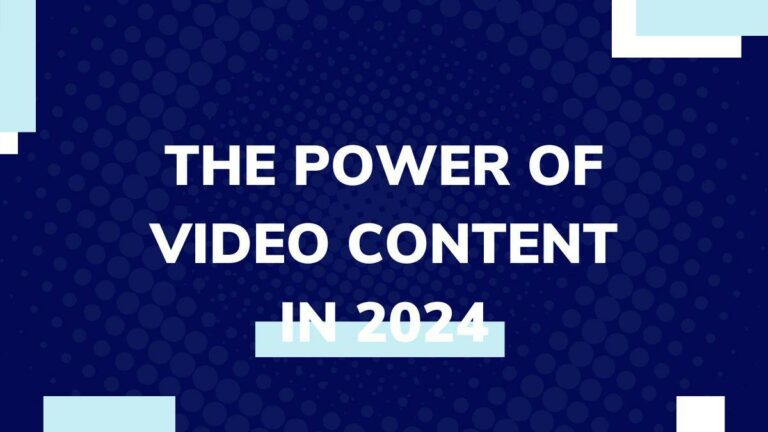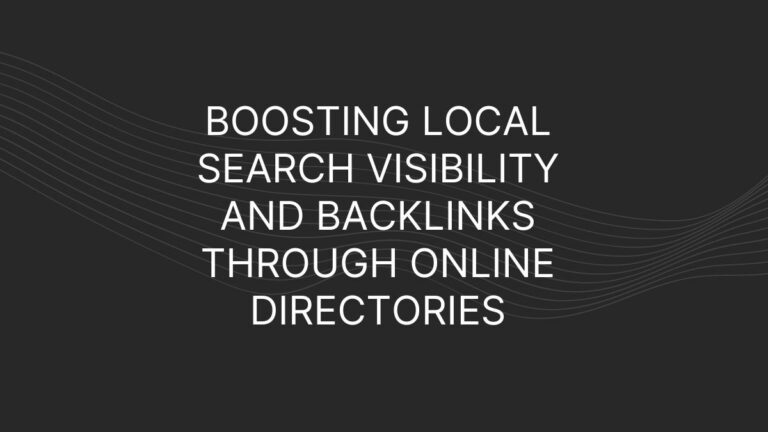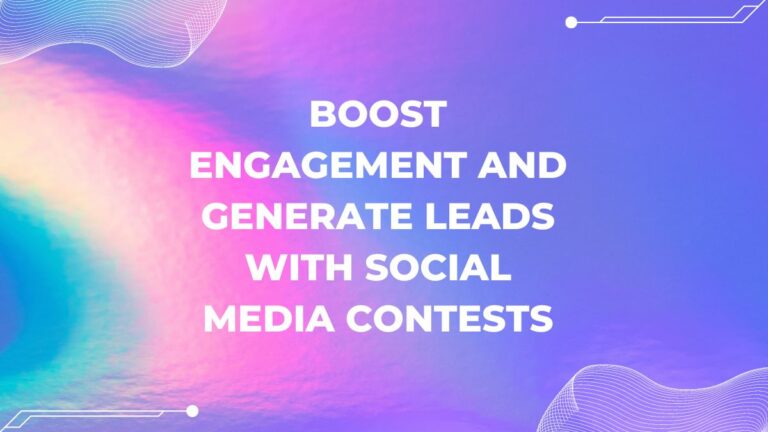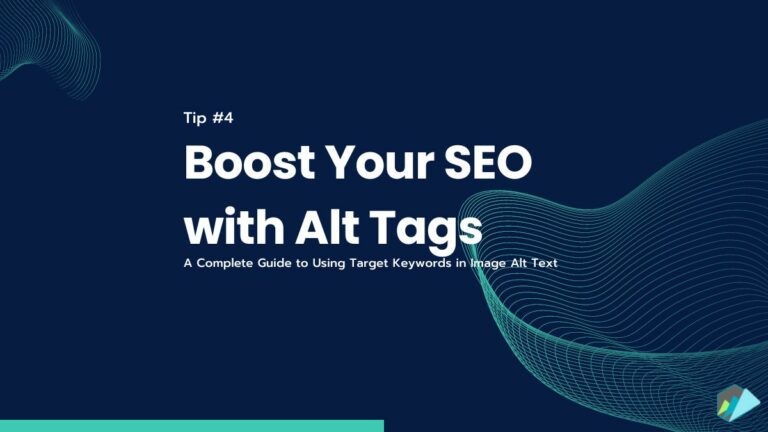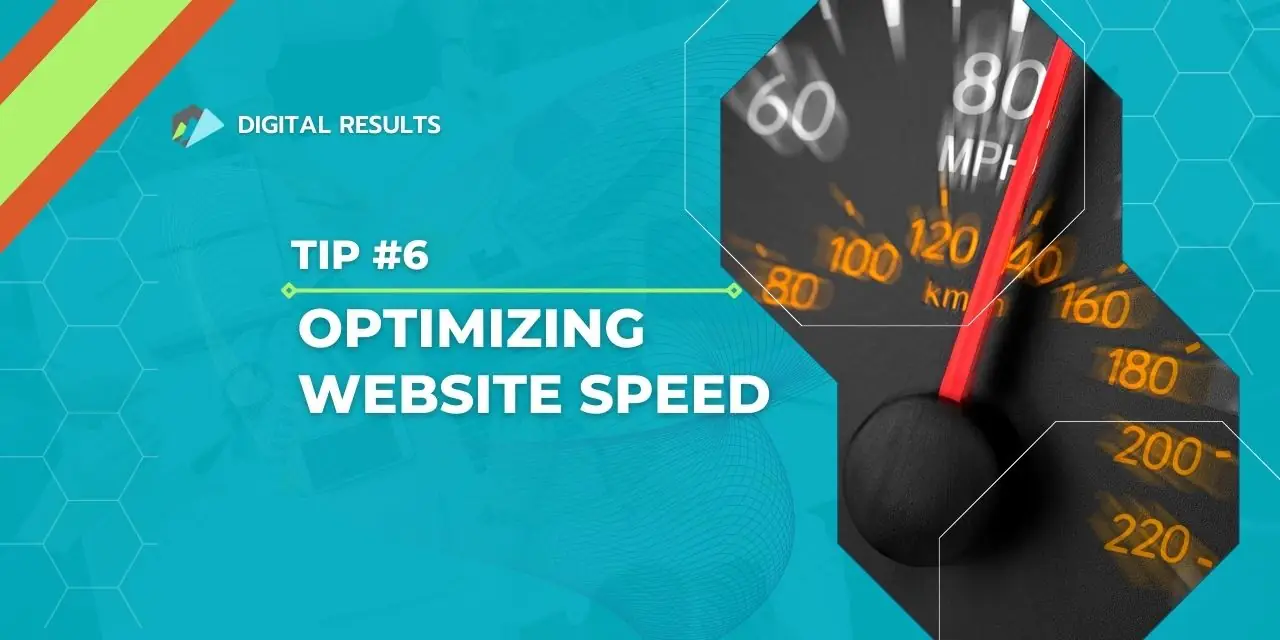
Boost Your Website’s Load Times: Optimize Images & Minimize Code
Website speed is a critical element when it comes to user experience, conversions, and search engine optimization (SEO). A website that loads quickly and smoothly can keep visitors engaged, reduce bounce rates, and ultimately lead to more conversions. Moreover, Google has confirmed that website speed is a ranking factor in search results. As a result, to improve your website’s search engine rankings, you need to optimize your website’s speed. Let us show you how to optimize your website’s images and code to improve load times.
Understanding Website Speed
Before we get into the nitty-gritty of optimizing images and code, it’s a good idea to take a moment to understand why website speed is essential.
What Is Website Speed?
Website speed refers to how quickly a website loads and responds to user requests. It can be measured in various ways, such as load time, time to first byte (TTFB), and time to interactive (TTI). Load time is the time it takes for a website to load fully, while TTFB is the time it takes for the first byte of a website. TTI is the time it takes for a website to become interactive, meaning users can click buttons and links.
Why Is Website Speed Important?
Website speed is critical for user experience, directly affecting user engagement and satisfaction. According to a Google study, 53% of mobile site visitors leave a page that takes longer than three seconds to load. Moreover, a slow website can hurt your business’s bottom line, leading to fewer conversions and sales.
Website speed also affects SEO. Google has confirmed that website speed is a ranking factor in search results. Therefore, a slow website can hurt your search engine rankings, resulting in fewer clicks and traffic to your website.
How Does Website Speed Affect User Engagement and SEO?
A slow website can negatively impact user engagement and SEO in the following ways:
- Higher bounce rates: Users are more likely to leave a website that takes too long to load. A high bounce rate can signal to search engines that your website is not providing a good user experience, which can hurt your SEO.
- Lower user engagement: Users are less likely to engage with a slow website, as they may find it frustrating or difficult to navigate. This can result in fewer page views, clicks, and conversions.
- Poor search engine rankings: Search engines, such as Google, prioritize websites that provide a good user experience, including fast load times. If your website loads slowly, it can hurt your search engine rankings and negatively affect your website’s visibility and traffic.

Image Optimization Techniques
Images can significantly slow down website speed, especially if they are large and not optimized for web use. In addition, each image file format has its pros and cons.
Image File Formats
JPEG
Website speed also affects SEO. Google has confirmed that website speed is a ranking factor in search results. Therefore, a slow website can hurt your search engine rankings, resulting in fewer clicks and traffic to your website.
PNG
PNG is a lossless compression format, which means it compresses the image without discarding any data. This results in a larger file size than JPEG, but it preserves image quality. PNG is best suited for images with sharp lines and text, such as logos and icons.
SVG
SVG is a vector image format that uses mathematical equations to create images. Unlike raster images, which are made up of pixels, SVG images can be scaled without losing quality. As a result, SVG is best suited for images that need to be displayed in different sizes, such as icons and logos.
WebP
WebP is a relatively new next-gen image format developed by Google, and it’s gaining popularity due to its ability to reduce image file size without sacrificing image quality. The main advantage of WebP is its ability to improve website speed, as smaller image file sizes can significantly reduce page load times. This can result in a better user experience and improved search engine rankings. Moreover, as Google is the creator of WebP, using WebP images on your website can potentially boost your search engine optimization efforts. Overall, WebP offers significant improvements in website speed and user experience.

Image Optimization Techniques
While it’s essential to understand how different file formats affect website speed, several image optimization techniques also help.
Resize Images
One of the easiest ways to optimize images for web use is to resize them. Large images can significantly slow down website speed, so using the appropriate size for each image is essential. For example, if you’re using a large image for a thumbnail, you can resize it to the proper size without losing image quality.
Compress Images
Another way to optimize images for web use is to compress them. Compression reduces the file size of an image without significantly reducing its quality. There are several ways to compress images, such as using image compression tools or plugins.
Use Lazy Loading
Lazy loading is a technique that delays the loading of images until the user scrolls down to the image’s location. This can significantly improve website speed by reducing the number of images needing to be loaded simultaneously.
Use Image Optimization Tools and Plugins
Several image optimization tools and plugins can help you optimize your website’s images for faster load times. Some popular options include TinyPNG, Compress JPEG & PNG Images, Smush Image Compression and Optimization, and Squoosh.
Code Optimization Techniques
Code can also significantly affect website speed, especially if it’s not optimized for web use. Several different code optimization techniques can help reduce a website’s load times.
Code Optimization Techniques
Minify Code
One of the most effective ways to optimize code for web use is to minify it. Minification removes unnecessary characters from the code, such as spaces and comments, which can significantly reduce its file size.
Concatenate Files
Another way to optimize code for web use is to concatenate files. Concatenation involves combining multiple files into one file, which can reduce the number of HTTP requests needed to load a page.
Use Caching
Caching is a technique that stores frequently accessed data, such as HTML, CSS, and JavaScript files, on the user’s computer. This can significantly reduce load times, as the data doesn’t need to be fetched from the server every time a user accesses a page.
Optimize Third-Party Scripts and Libraries
Third-party scripts and libraries, such as Google Analytics and Facebook widgets, can also affect website speed. Optimizing these scripts and libraries is essential to reduce their impact on website speed. Some optimization techniques include asynchronous loading, defer loading, and using the latest version of the script or library.
Code Optimization Tools and Plugins
Several code optimization tools and plugins can help you optimize your website’s code for faster load times. Some popular options include WP Fastest Cache, W3 Total Cache, and Autoptimize. You can also use a combination of these tools and plugins to create an even more comprehensive optimization. For example, you could use Autoptimize to minify your CSS and JavaScript files while WP Fastest Cache automatically caches the files for you when they’re updated.

Advanced Techniques to Boost Website Speed
In addition to image and code optimization techniques, several advanced techniques can help you boost your website’s speed.
Content Delivery Network (CDN)
A CDN is a network of servers located around the world that stores and delivers content to users based on their location. Using a CDN can significantly improve website speed, as it reduces the distance between the user and the server.
Accelerated Mobile Pages (AMP)
AMP web technology creates mobile-friendly pages that load quickly on mobile devices. As a result, using AMP can significantly improve website speed on mobile devices, which is essential as more users access the web on their mobile devices.
Server Optimization
Optimizing your server can also significantly improve website speed. Some server optimization techniques include using a caching plugin, compressing files, and using a content delivery network (CDN).
Website Speed FAQs
Here are some frequently asked questions about website speed optimization:
Final Thoughts on Optimizing Website Speed
Website speed is critical for user experience and SEO, and optimizing images and minimizing code can significantly improve your website’s load times. You can reduce load times and improve website speed by using image optimization techniques such as resizing, compressing, lazy loading, and code optimization techniques such as minifying, concatenating, and caching.

Additionally, using advanced techniques such as a content delivery network (CDN), server optimization, and Accelerated Mobile Pages (AMP) can further boost your website’s speed. Implementing these techniques can improve your website’s user experience, conversions, and search engine rankings. Remember, website speed is an ongoing process, and it’s essential to monitor and optimize your website’s load times regularly.
If you need help auditing your website to ensure it follows best SEO practices for improving your website speed optimization, Digital Results can assist you. Contact us for a free 30-minute consultation and an analysis of your site by one of our SEO experts.
Ready to Grow Your Search Engine Results?
Let Digital Results assist you in your SEO strategy and help
deliver the search engine results you need.



